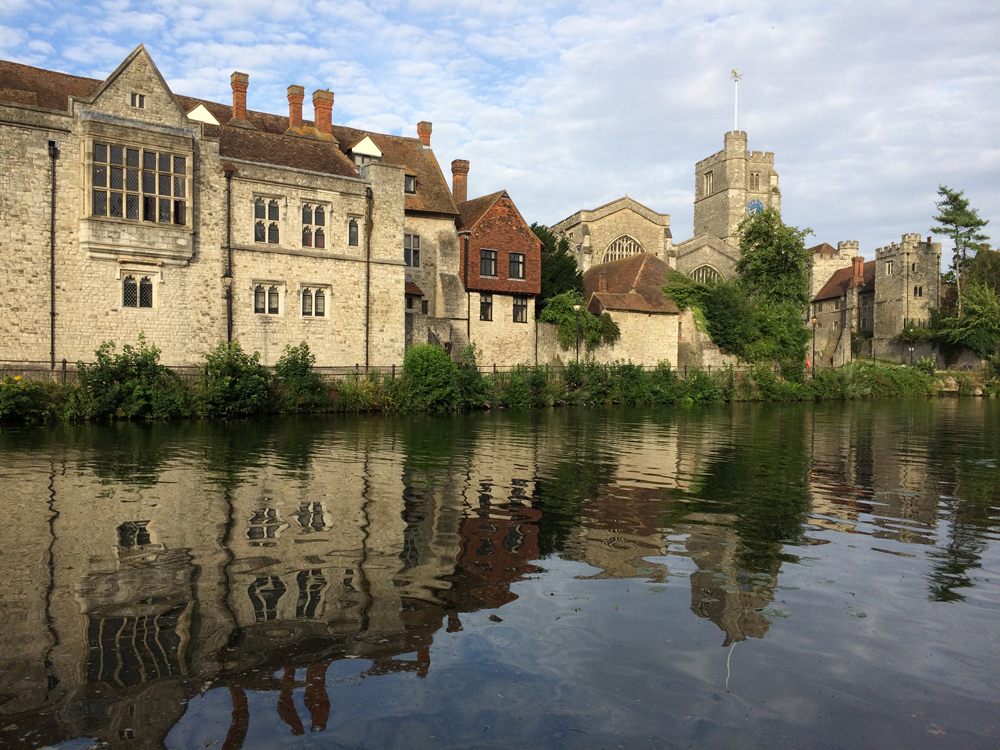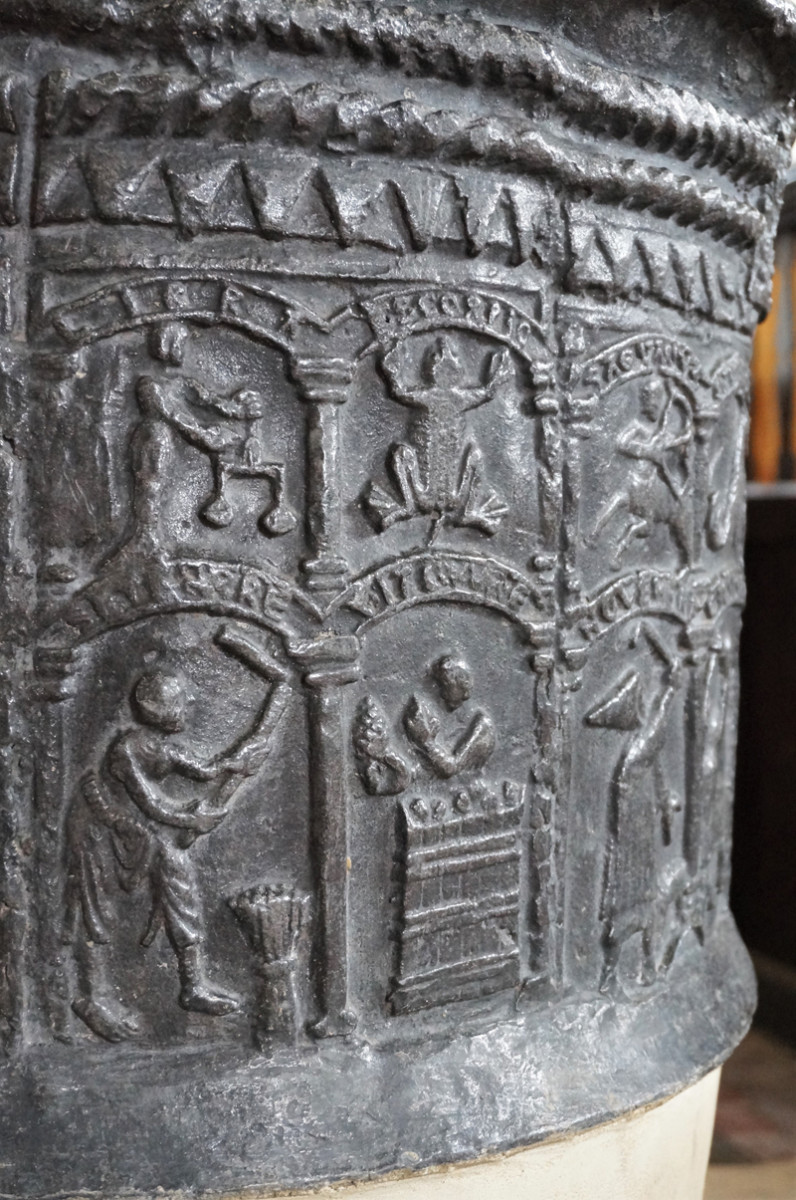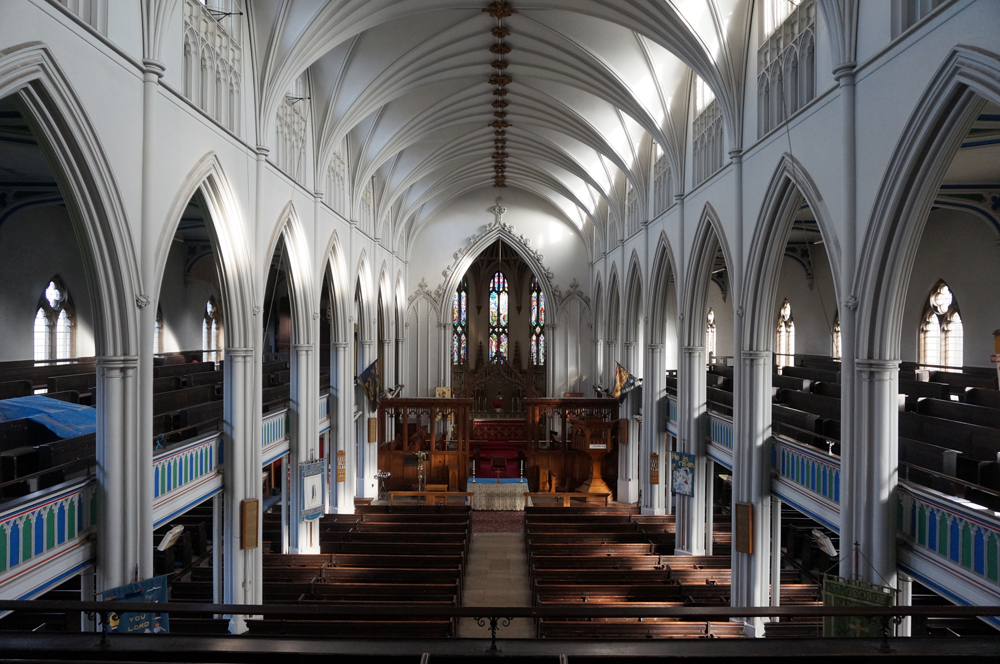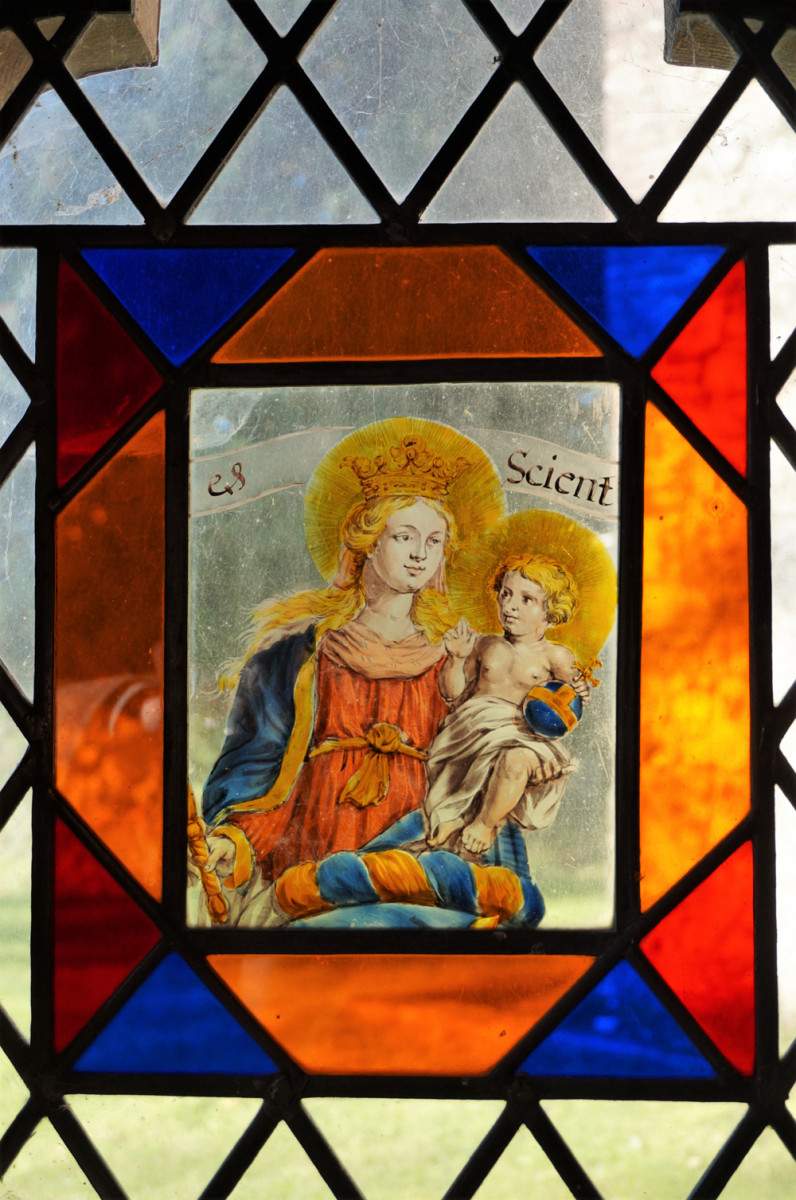If you’re seeking permission to makes some kind of permanent change to your church building, then the application needs to be accompanied by documents called Statements of Significance and Needs. This only applies if your church is listed – they aren’t usually required for faculty applications involving unlisted churches. The aim of these documents is to explain what you want to do, why you want to do it and the impact of your proposal on the building. They’re crucial in helping the Diocesan Advisory Committee (DAC) and other people involved in the decision-making process to take a view on your application.

Writing Statements of Significance and Needs can sometimes feel like a worrying prospect, especially if you’ve never done it before. That’s understandable, but there’s no need for concern. It’s not an exam and we’re keen to help you get them right. This is the moment when you get the floor and we want to ensure you get a fair hearing. It isn’t obligatory to have final drafts of your Statements of Significance and Need ready when you first approach the Care of Churches Office, but writing them can be a very useful exercise. It can help to clarify your thinking and crystallise your proposal. For example, once you understand which features make your church historically and architecturally significant, you’ll understand where there may be scope for change.
If you’re still unsure what to do, the Care of Churches Office can provide examples of Statements of Significance and Needs from old applications to give you a sense of how they should look. But it’s important to remember that there’s no one correct way to write them. Every church is unique and every proposal is unique.

Statement of Need
The Statement of Need explains the background to the proposal and sets out the justification. How did it come about? Why do you want to do it? Did you look at any other ways of achieving what you wish to do? If so, why did you decide against them? Does your proposal address a shortcoming in the building or its services? If so, what is that and what problems does it cause? How will what you wish to do improve the life of your parish? How will it help to further mission? Taking some time to set out the justification will pay dividends. A proposal that involves major change but has been well thought through and shown to be the only viable solution will get a much more sympathetic hearing from the DAC than a low impact proposal whose rationale isn’t clear.
Your application may include drawings of the building as existing and as proposed, perhaps also written proposals or professional information, such as literature from the manufacturer of equipment that you plan to install. Sometimes it can take a little while to make sense of an application consisting of a large number of different documents, so it’s really useful to include a summary of the proposal in the Statement of Needs. What works are proposed to the church building? How will they resolve the shortcomings that you wish to address? If you’re installing equipment such as lighting or heating units, where will they be located and how many of them are proposed? What will you do with the existing equipment?

Statement of Significance
The Statement of Significance should be in two sections. The first sets out the history of the building. When was it built? Who designed it, if known? How has the building evolved over time? What are its architecturally and historically most important features? Does it contain any notable artworks or fittings? What is the date of the bells? Who made the organ? Are there any famous historical figures or events associated with your church? These are the sorts of questions that the first part needs to answer. Include plans and photographs of the building, both up-to-date and historical. The Care of Churches Office can supply or direct you towards background information.
The second part should explain what the impact of the proposals will be. Will any fabric need to be demolished or altered? Will fittings need to be removed or relocated? How will the appearance of the building change as a result? These are the sorts of questions that the first part needs to answer. You may already have a church guide with this information. This can be an excellent basis for a Statement of Significance, but doesn’t necessarily replace it - it’s important to tailor the information to each particular application.

Tips on writing good Statements of Significance and Needs
- Don’t assume prior knowledge. Many of the people involved in the decision-making process won’t have been party to the discussions with the DAC. They may not even know your church. It’s helpful to sketch in a bit of the background.
- Illustrate! A picture really does tell a thousand words. If you don’t have any digital photographs of your own, the Care of Churches Office can provide them.
- Don’t forget to provide information about the part of the building affected by your proposal. Include photographs and use the caption and, if necessary, annotations such as arrows to explain what they show if it isn’t immediately obvious.
- Keep it concise. Everyone involved in the decision-making process is busy and may be dealing with dozens of other applications at any one time. The easier you make it to understand what’s proposed and why, the more quickly and smoothly you will obtain your faculty.
- Keep it proportional. If you’re planning a major scheme costing hundreds of thousands of pounds that will change completely the appearance of your church, then a thorough account of the building is essential for the Statement of Significance. Likewise, detailed information about parish life and the demographics of your village or town may also be vital. But for a minor proposal, a couple of paragraphs should be sufficient for each.
- If you’re planning on installing equipment, include data sheets for each item of hardware. These should include an illustration of it and specifications, such as the dimensions. You can usually download these from the manufacturer’s website.
- Consolidate files into single documents – making sense of a large number of pieces of supporting information can be time-consuming for the people handling your application.
- Store your Statements of Significance and Needs for safekeeping! You can reuse both documents, amending them as necessary, for future applications.